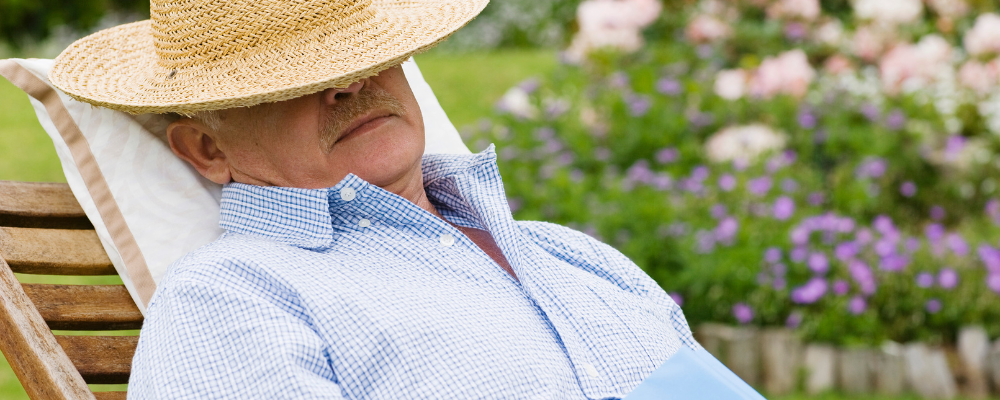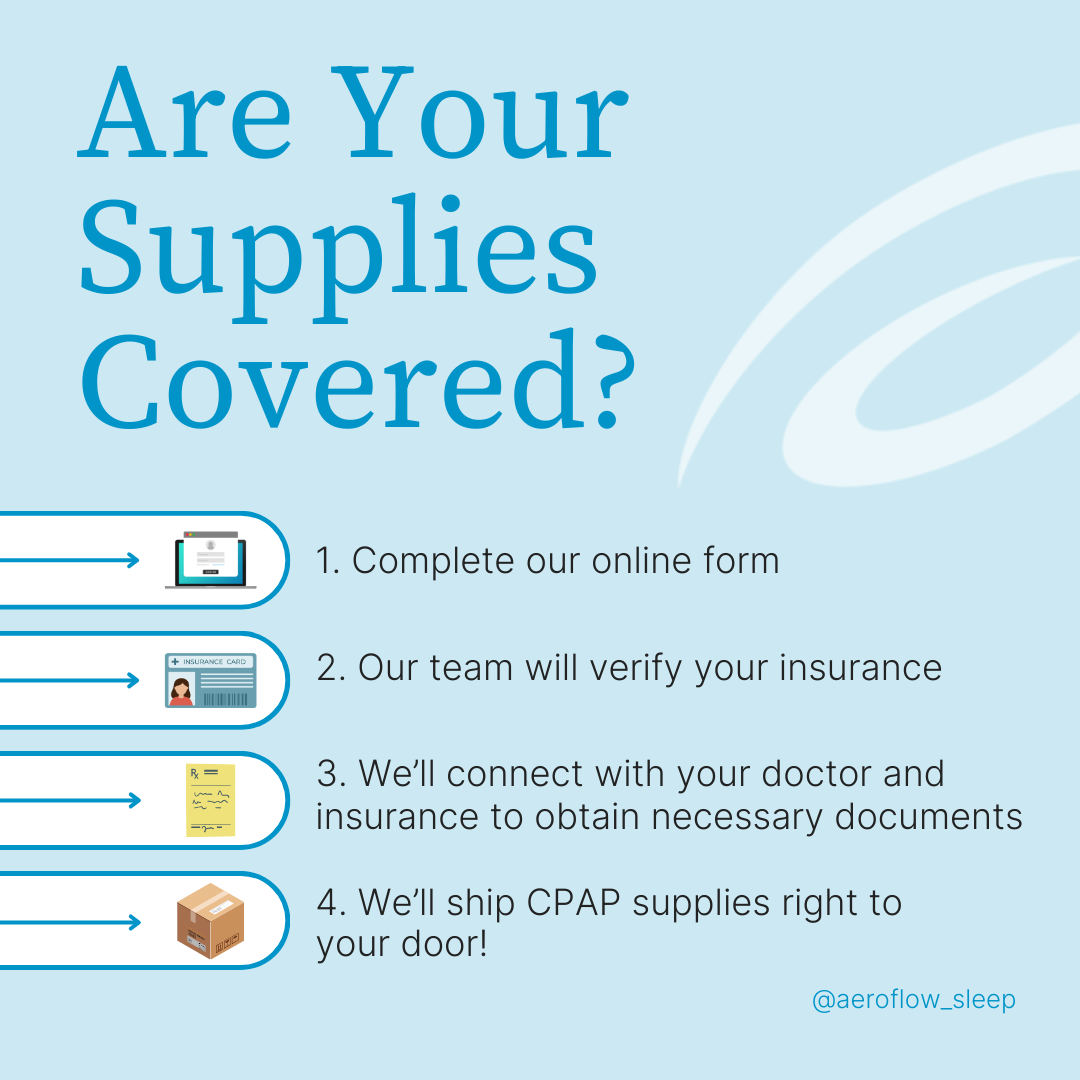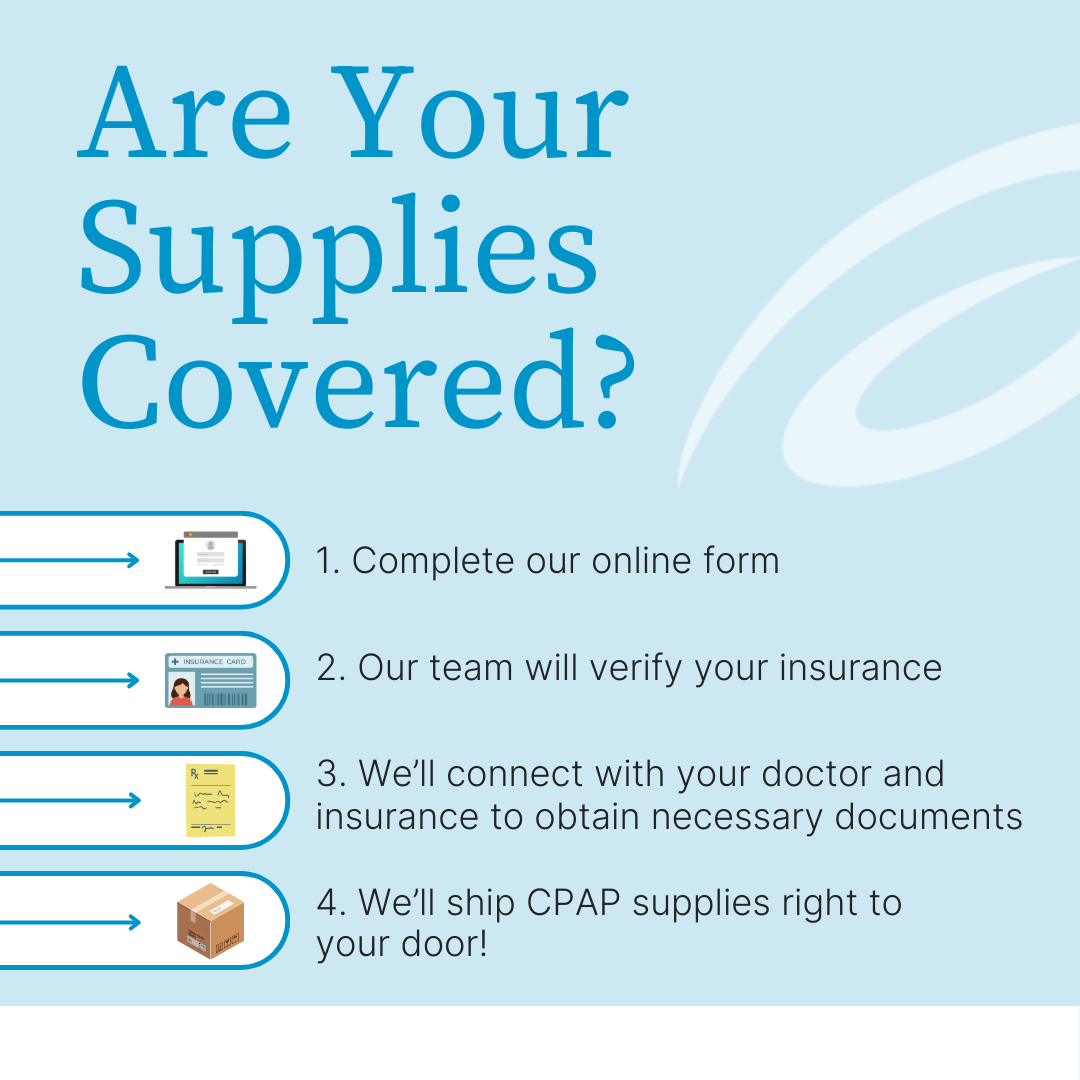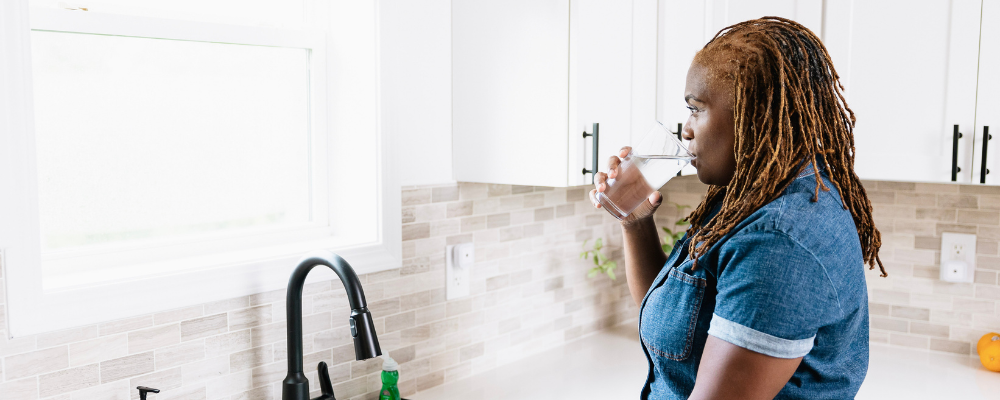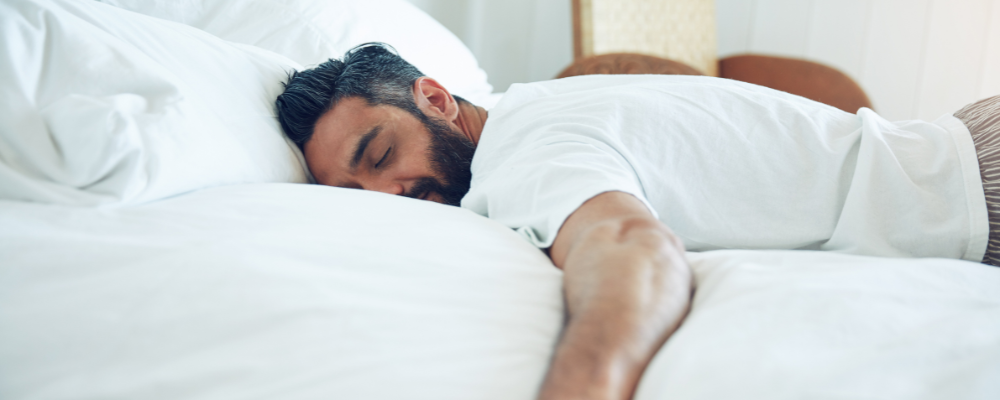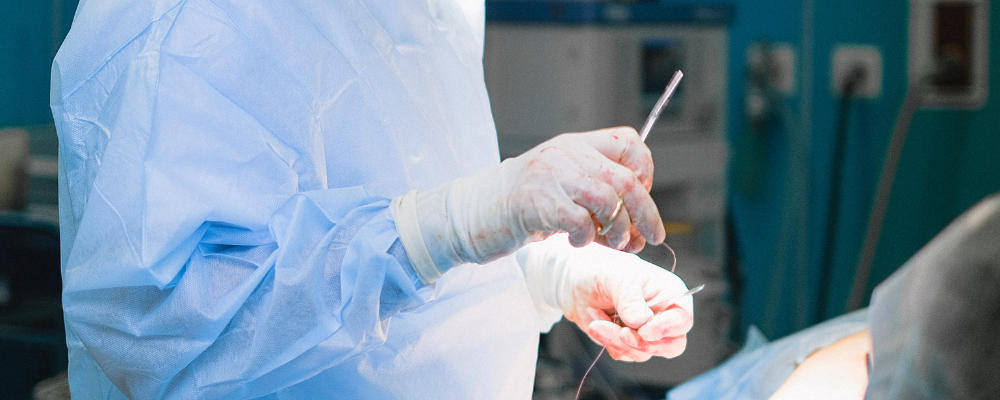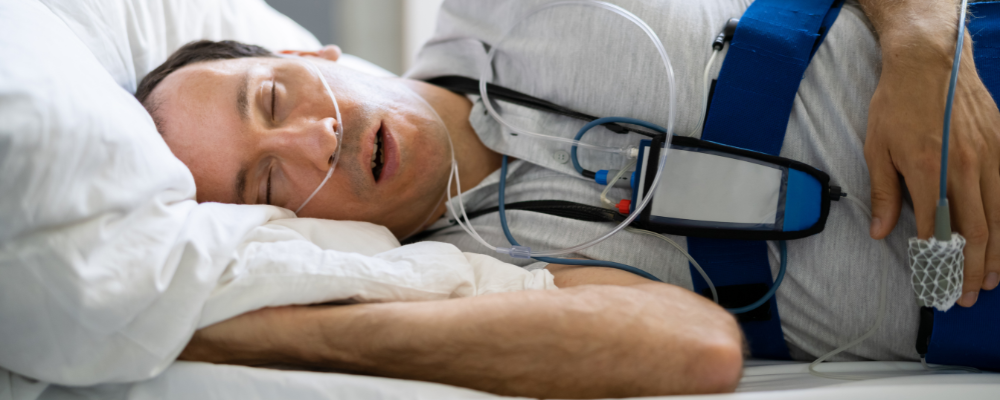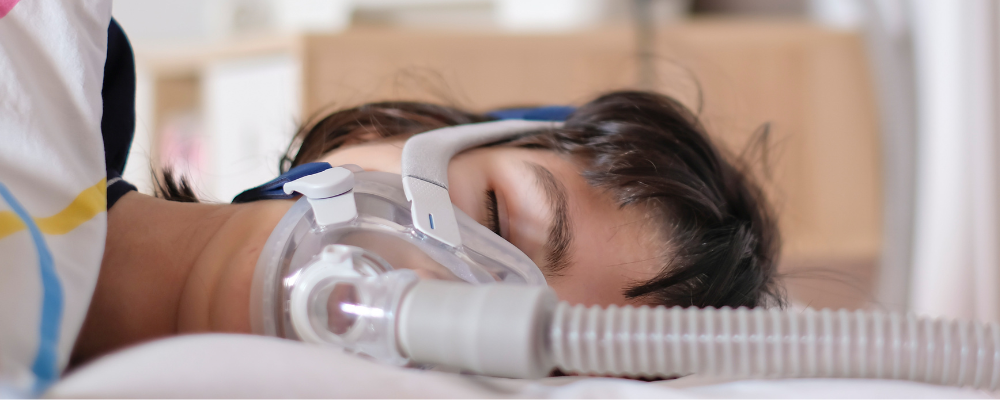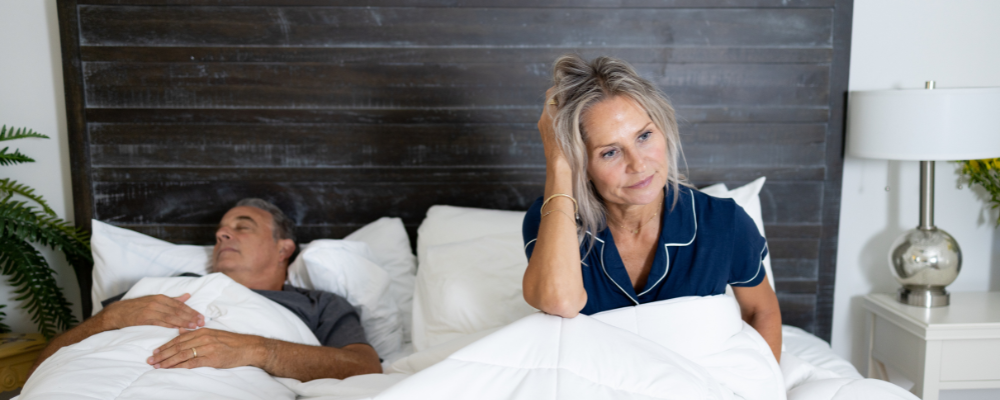I wish I had the perfect solution to the misery that only seasonal allergies and obstructive sleep apnea (OSA) can bring. Truth is, I don’t, however…in my 15 years of CPAP use, I have made it through 15 spring seasons filled with pollen, dust, and other allergens. I’ve learned a thing or two about how to cope, and I hope that sharing some of the comfort measures that have helped me gives you some new strategies to try this spring.
Seasonal Sleep Apnea Symptoms
In addition to the usual sleep apnea symptoms I experience with OSA, there are two symptoms only spring can bring: puffy eyes and shedding.
The combination of seasonal allergies and CPAP use can cause puffy, red, and irritated eyes. I struggled so much with this in the early days of being a CPAP user, and I have found the best solution is to lie a cold washcloth or slices of cold cucumber over my eyes. Also, note that this is not the same as dry eyes, which may be a side effect of CPAP mask leaks. The fit of your CPAP mask is very important to rule out whether you’re dealing with seasonal allergies or something year-round.
Then, there’s shedding. No, not us; our pets! When my family persuaded me that we needed to get a puppy, we spent a long time researching hypo-allergenic breeds that would not cause any allergic reactions for me and other family members. We ended up choosing a rambunctious Goldendoodle we named “Bear.” Fortunately, I did not have any allergic reactions to Bear, but I still do not allow him to sleep in the bed beside me. That’s because he is outdoors for a lot of the time on walks and trips to the park.
Although his pet dander doesn’t cause allergies, he picks up plenty of outdoor allergens and brings them back into the house with him. I have found it best to give Bear regular baths and keep all pets out of the sleeping area, away from my CPAP.
4 Ways To Manage Your Allergies And OSA
Now, we’re starting to talk a bit about managing your allergies and OSA. Here are four things I’ve found have helped me…
1. Keep Your House Clean
At my house, there is a continuous flow of kids playing outside, running inside, going back outside, rinse and repeat. I wouldn’t have it any other way, but, during spring time, I do become mindful of all the allergens being trekked into the house. It is not a revolutionary tip, but staying on top of cleaning, especially in my bedroom, does make a difference to how comfortably I sleep.
There are also special mattresses and pillow covers you can get to stop allergens being trapped in the fibers of your bedding. I’m not saying you need to go out and buy a new bed every spring, however, if you can’t remember the last time you’ve replaced them, it’s time! I noticed a big improvement in my allergy symptoms last spring when I bought new pillows, covered them in special covers, and added new pillow cases.
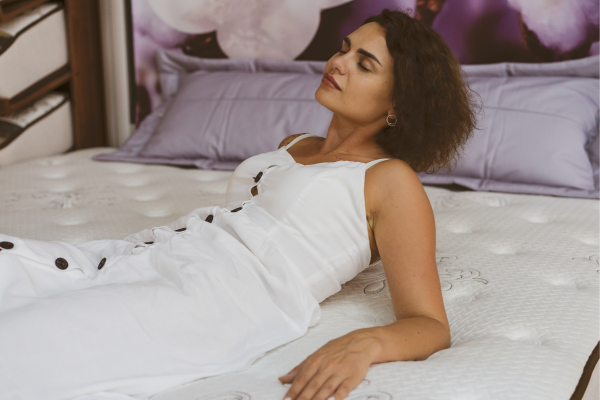

2. Shower In The Evening
When spring is in full force, it feels like my allergies are out of control. That’s when I switch to showering at night, before I go to bed. Getting all of the allergens washed out of my hair and off my face right before I sleep makes it less likely that I’ll bring the pollen to bed with me. If you share the bed with a partner, especially one who spends a lot of time outdoors, encourage them to shower before bed, too.
3. Get An Air Purifier
Sleeping with an air purifier in your bedroom can really help the quality of the air you breathe all year long, but during spring, it can be especially helpful to have an air purifier running as you sleep. I have found that, even though I have no control over outside pollen and other allergens, using an air purifier can give me at least some control over the indoor air quality. Therefore, it also affects the air being pulled into my CPAP machine.
4. Try Saline Or Neti Pots
Finally, when the telltale yellow pollen starts coating my car and my nose starts running, I use a saline spray or a neti pot to rinse allergens from my nose and sinuses. This helps me clear out allergens and helps me breathe better with my CPAP.
***Ask your doctor before adding any new treatments to your sleep apnea plan; including saline sprays and neti pots. Safe use is very important to seeing success with either.***
Spring Cleaning Your CPAP Equipment
Don’t let the heading fool you; spring cleaning isn’t really a thing when it comes to CPAP equipment. I’m always a fan of “deep cleaning” around springtime, but the truth is that CPAP cleaning should be a regular—daily and weekly—part of your routine. If you aren’t getting that cleaning done, take this as your sign to do a thorough spring clean, and then start a belated New Year’s resolution.
Troubleshooting is really what you should be doing instead. For example, spring is a good time to make any necessary adjustments to your CPAP comfort settings. I notice that I turn my humidification up during the winter months, because our central air heating system makes for really dry air. If your nose is irritated because the air is too dry, try bumping up the humidity. I find higher humidity settings more comfortable in general, but everyone is different so you may need some trial and error to find your sweet spot.
You can also adjust the ramp setting, if your machine has this feature; the Resvent iBreeze Auto CPAP Machine does! The ramp setting on most CPAP machines allows a gradual increase up to the pressure (or pressure range) your doctor prescribed. I find it helpful to increase my ramp setting if I am dealing with anything that could make falling asleep less comfortable than usual. Seasonal allergies are one such issue.
***Contact your dedicated Aeroflow Sleep Specialist if you have questions about adjusting your CPAP humidification or ramp settings.***
Year-Round CPAP Maintenance Tips
Even if you are cleaning your CPAP parts in line with the manufacturer’s recommendations and have made the necessary adjustments to your settings this season, you also need to remember to replace your CPAP supplies year-round. Masks, tubing, and humidifier chambers get worn out and damaged. Start fresh for spring with brand new supplies! Aeroflow Sleep can help by putting all of your CPAP parts on a recommended schedule and covering them up to 100% through insurance, pending eligibility.
One part that is often overlooked is the air filter. Most machines have, at the back or the side, a disposable or replaceable piece of fabric that collects dust or allergens and keeps them from entering your CPAP air pressure. If you aren’t sure what your machine requires, be sure to check the manufacturer’s website for details as well as how often it should be replaced.
In springtime, I replace my CPAP filter even more often than the rest of the year. This may mean I need to pay out-of-pocket, since a greater frequency isn’t necessarily covered by my insurance, but if dust or allergens are left to accumulate, they make it more difficult for me to breathe. With seasonal allergies, I need all the help I can get!
What To Do When Nothing Seems To Work
There are a few days every spring when I struggle to sleep, because my runny nose is so bothersome. I find, for those few days, CPAP exacerbates the problem no matter what I try. Having made it through 15 spring seasons using CPAP with allergies, I remind myself that it never stays really bad for more than a few days. “This too shall pass.”
If it hasn’t passed and you have been trying over-the-counter solutions for seasonal allergies but are still having problems, consider seeing a specialist. Consulting an otolaryngologist (ear, nose, and throat doctor, or ENT) or allergist can really help get to the root of your allergy problems. Plus, they can explore whether there are effective treatments available for your unique symptoms.
The gold standard of sleep apnea treatment, of course, is CPAP: continuous positive airway pressure. Aeroflow Sleep can get your machine, mask, accessories, and more shipped right to your door nationwide. If you’re looking to switch suppliers or are newly diagnosed, fill out their questionnaire below. It takes 5-7 minutes, and they’ll do all of the legwork for you, verifying your insurance coverage, working with your sleep doctor, and setting up your entire order…from springtime ‘til the end of time.
References
"Restful Sleep & Pets: Can They Coexist?" ResMed Blog, ResMed, https://www.resmed.com/en-us/sleep-apnea/sleep-blog/pets-and-sleep-friends-or-foes/.
Frost, Alexandra. TIME stamped Shopping, TIME Magazine, 8 Feb. 2024, https://time.com/shopping/article/best-organic-mattresses/.
"Air Cleaners and Air Filters in the Home." EPA Indoor Air Quality, United States Environmental Protection Agency, 31 Oct. 2023, https://www.epa.gov/indoor-air-quality-iaq/air-cleaners-and-air-filters-home.
“Is Rinsing Your Sinuses With Neti Pots Safe?” FDA Consumer Update, U.S. Food & Drug Administration, 5 Oct. 2023, https://www.fda.gov/consumers/consumer-updates/rinsing-your-sinuses-neti-pots-safe.


